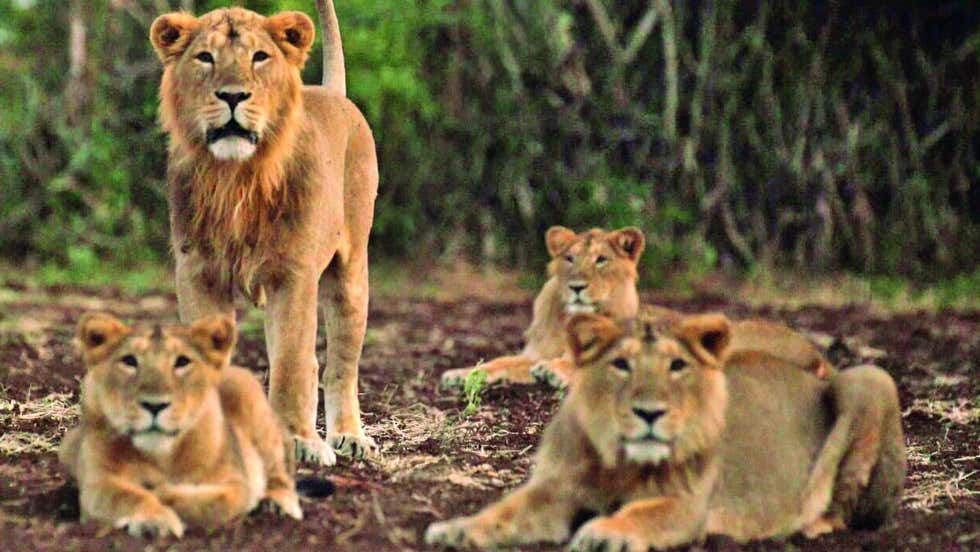
Bee Engaged: 5 Quick Facts You Didn’t Know About #Bees!
weather.com/en-IN/india/en…
(📸: A Moeed Faruqui/TOI, BCCL, Bhopal)
weather.com/en-IN/india/en…
(📸: A Moeed Faruqui/TOI, BCCL, Bhopal)

#WorldBeeDay: Despite their role in pollinating our plants, which are responsible for the sustenance of humans and mostly all other organisms on this planet, bee populations have been on a steady decline due to large-scale ignorance regarding their existence.
#WorldBeeDay2021
#WorldBeeDay2021
#WorldBeeDay2021: To conserve these ecologically significant pollinators, it is imperative to not only value their existence, but also understand its different components: habitats, behaviours, species diversity, shapes, colours and sizes.
#WorldBeeDay
#WorldBeeDay
#WorldBeeDay2021: While bumblebees and honeybees are the most popular of the lot, there are many other wild bees that play a role in preserving your local ecological habitat.
Here are some facts about bees that might help you understand the fuzzy pollinators better:
Here are some facts about bees that might help you understand the fuzzy pollinators better:
#WorldBeeDay2021: During the Late Cretaceous Period, when plants and animals, including dinosaurs, were dying across the world, the plants adapted to limit the amount of pollen bees ingested by producing nectar.
#WorldBeeDay: The sweet reward they gave the bees was actually to distract them from consuming too much pollen in some cases!
#WorldBeeDay2021
#WorldBeeDay2021
#WorldBeeDay: Unlike us who have to sit on a dinner table with complicated silverware to taste how delicious our food is, bees can sample their food even when they are just collecting it for later consumption through taste receptors present on their feet, antennae & mouthparts.
#WorldBeeDay2021: While bees don’t have Zomato or Swiggy, some species of bees, like a honeybee, have special ways of recommending a good pollen joint.
#WorldBeeDay
#WorldBeeDay
When returning after collecting pollen, honeybees dance in the shape of a figure eight and shake only where the eight crosses. While the angle of this shake directs the other honeybees to good pollen scores, its speed represents how far the source is from the hive.
#WorldBeeDay
#WorldBeeDay
#WorldBeeDay2021: These ecologically essential pollinators are increasingly under threat from human activities, even after being critical players in food security and biodiversity conservation.
#WorldBeeDay
#WorldBeeDay
On #WorldBeeDay, We Revisit Their Incredible Ability to Detect #Coronavirus
weather.com/en-IN/india/co…
#WorldBeeDay2021
(📸: IANS)
weather.com/en-IN/india/co…
#WorldBeeDay2021
(📸: IANS)

• • •
Missing some Tweet in this thread? You can try to
force a refresh


















